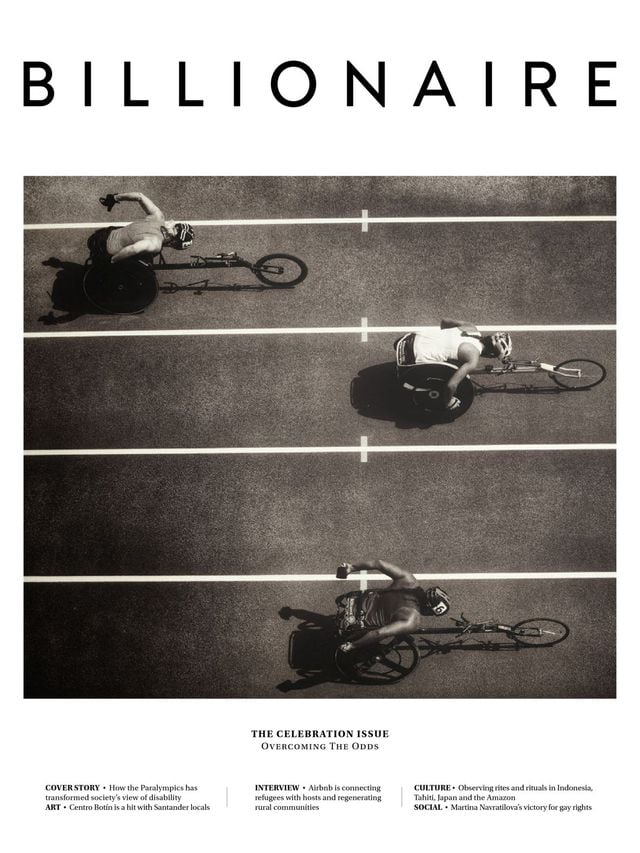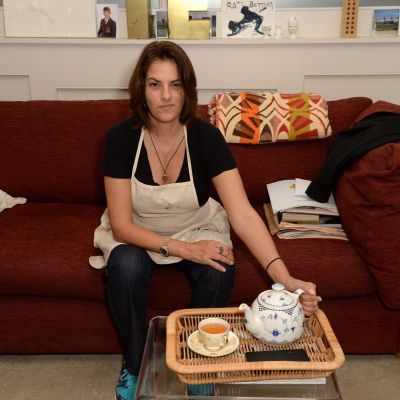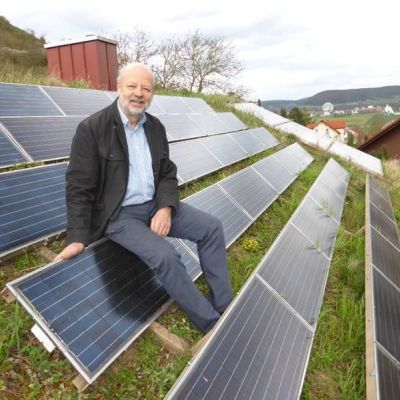The History Makers
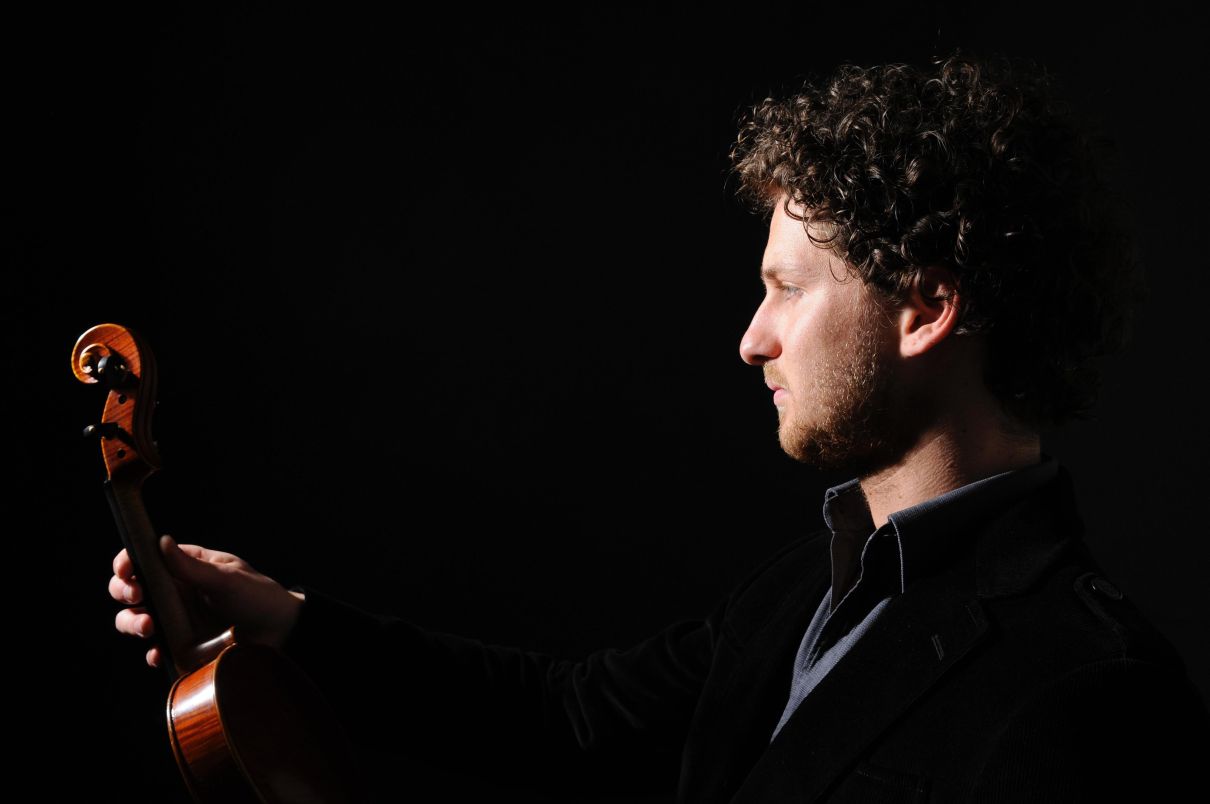
The Vettori family is intent on pushing the ancient and noble tradition of violin-making into the future.
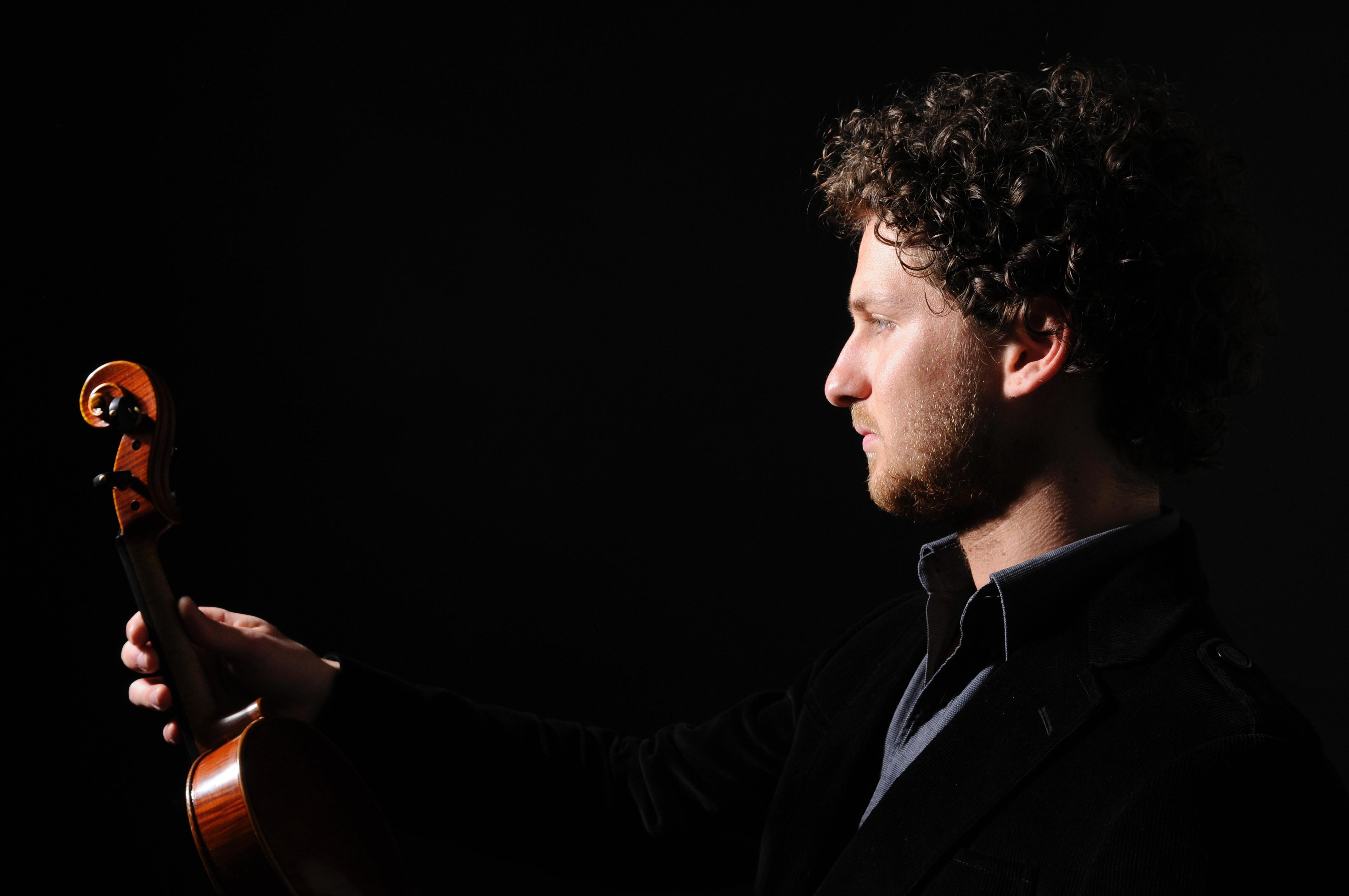
The Vettori family of Florence is composed of modern craftsmen championing an ancient trade. So finely made are its violins, modelled after Stradivari and Guarneri ‘del Gesù’, they can fetch as much as US$50,000.
Keeping the business afloat for over 85 years has not been without its challenges, however. When founder Dario Vettori started up in Firenzuola in 1935, an embargo placed on Italian goods meant that he was unable to sell his instruments to foreigners. Instead, he would use them to barter with American soldiers in exchange for coffee and sugar, which were very valuable during the Second World War. He later established relationships with clients in Japan in the 1960s, which the firm still maintains. As his son, Paolo, and grandchildren, Dario, Sodia and Lapo, inherited the firm, it grew and grew.
“Today our clients are musicians and collectors from around the world,” says 33-year-old Lapo Vettori, youngest son of Paolo and a partner in the company. “For us it is very satisfying to meet them and listen to their stories of how the instruments arrived in their hands or travel the world with them.”
There are many parallels between this craftsmanship and that of the great masters, who include Antonio Stradivari, Giuseppe Guarneri ‘del Gesù’ and Giovanni Battista Guadagnini, Italian luthiers living in the 17th and 18th centuries.
Lapo says: “We source our spruce for the top of the instruments from the Dolomites in a valley called ‘Val di Fiemme’, the same forest where Stradivari would also buy his wood,” he says. The maple used for the backs and scrolls of Vettori instruments comes from the Balkan region, known for its flamed maple, the same region that great masters from the past would use as a source, he adds.
The Vettori family also uses 200-year-old antique wood, dated using the dendrochronology technique. “We retrieved some of the oldest wood from the roof of a building that was changed during a restoration and so managed to give those discarded planks of wood another 500-year lease on life.”
Incredibly, over five centuries the violin’s basic template has barely changed. “The right wood, the recipes for varnish, the right glue, the right thickness and weight of each part of the instrument — these elements form the foundation of every violin, viola and cello we have today. The great masters’ greatest technique was their ability to understand and realise this process,” says Lapo. It takes him around seven months, from start to finish, to build a violin.
Today, Lapo himself has built around 100 instruments, including violins, cellos and violas, and his viola model Pietro Guarneri da Venezia received the highest score for acoustics at the 2009 XII Triennale International Violin Competition ‘A Stradivari’ in Cremona.
He does not think it is unusual for a young man to follow such an ancient art, as Lapo believes that the profession has never been stronger. “It is a misconception that violin-making is a dying industry,” he says. “In fact, we have never had as many makers in the world as we do today, thanks to the growing Asian market.” Asia has brought a new customer base of young musicians, plus the ability of luthiers to travel more widely and connect with people remotely means demand has soared. “The makers of the past were limited by their inability to travel and grow and connect globally,” he points out.
Lapo says he and his siblings are constantly getting inspiration from the great masters, who perfected the art of the violin craft around 500 years ago. But the history of the instrument dates back much further. “The design of the violin evolved over a long period of time,” says Lapo. The evolution can be traced back to instruments from Asia that arrived in Europe from the Silk Route. It was only in Italy in the 1500s that the great masters cemented the evolution of the instrument and arrived at the violin we know today.
So, do his violins sound as good as ones built by Stradivari? He bats the question away. “It’s not about being better than Stradivari but learning and getting inspiration from the ancestors of our craft. Likewise, if you would ask an architect today if he could build a better dome than Brunelleschi’s, I doubt he would try to compete. Instead, Brunelleschi’s work stands as a paradigm of achievement for contemporaries in the field.”
Although Lapo regrets he no longer has time to play the violin, his creative urge is satisfied through the process of making. “Building instruments out of wood that will one day be played by musicians, for the enjoyment of audiences, brings me a lot of joy. To produce something that will only appreciate in value in the years to come, unlike many consumer goods in the world today, makes it sustainable and differentiates the field of violin-making. I like the idea that in 500 years someone could be playing my instrument with a sound that is even better than it is today.”
This article originally appeared in Billionaire's Ideas Issue, March 2018. To subscribe contact

